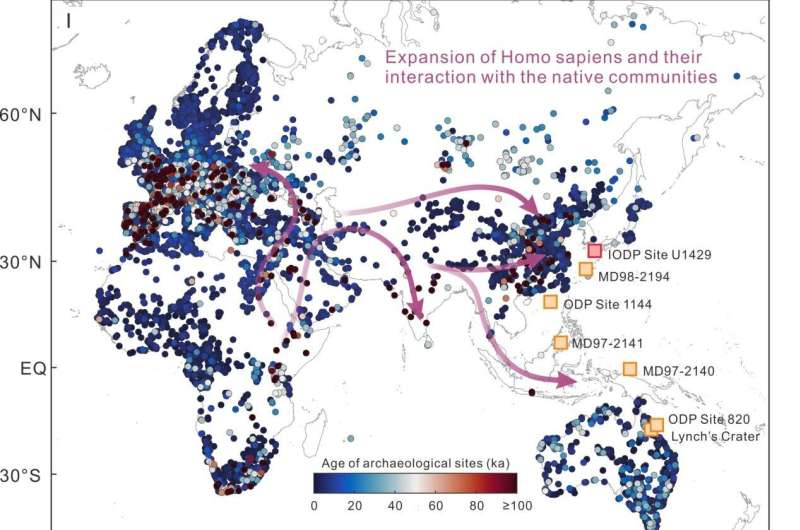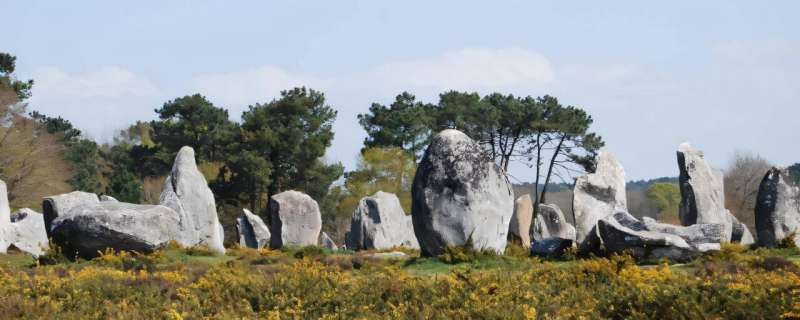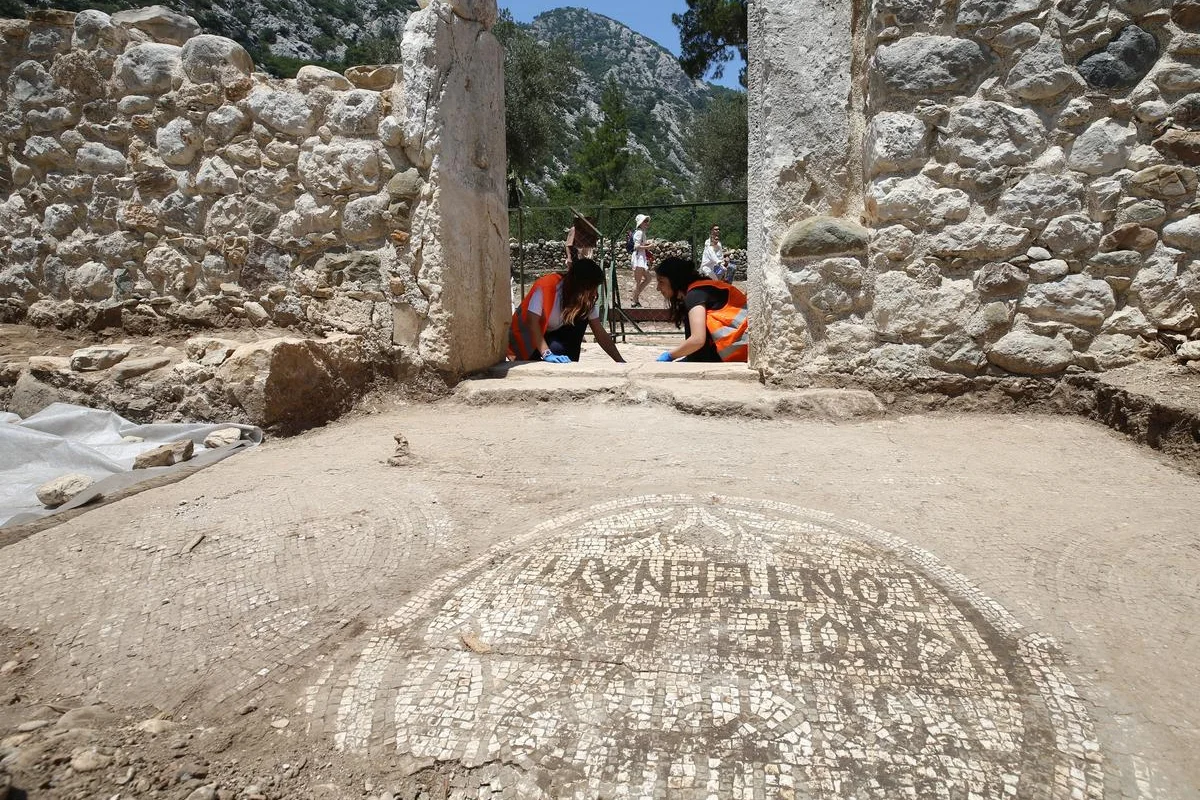Birmingham is now a busy city of roads, with flyovers, roundabouts, and dual carriageways crisscrossing the city in all directions. Some of the busiest roads in Europe may be found in our city, including the well-known Spaghetti Junction.
The path of the old Icknield Street through Stirchley (Image: Google Earth)
But where asphalt, brick structures, and steel factories are now, Birmingham's center was previously cut through by a long, straight path when it was heathland and forest. We would have seen chariots and carriages driven by horses bouncing up and down over the pebbled surface instead of lorries, Ubers, and Mercedes.
Icknield Street, also known as Rykneld Street, was constructed by the Romans 2,000 years ago and is the street about which we are speaking. It extended from Bourton-on-the-Water in Gloucestershire along the Fosse Way, another Roman route, for 112 miles up to Templeborough in Yorkshire, passing through Birmingham.
The route of Roman roads through Birmingham, highlighted by the thicker yellow-orange lines in the centre of the map, running from south to north (Image: HeritageDaily)
The only traces of Icknield Street in Birmingham that remain today are on a road sign in Hockley, where a different Icknield Street was named in honor of the original, or in the ruins at Sutton Park. The Roman route entered the city at what is now Kings Norton, traveled through Stirchley, Edgbaston, Handsworth, and Kingstanding, and then ended at Sutton Park.
The archaeological website HeritageDaily created a map to show how the ancient path followed several of our modern highways, such as Stirchley's Hazelwell Street and Pershore Road. Although Birmingham was not a significant city during the Roman era, they did construct Metchley Fort in Edgbaston, at the location that is today occupied by Queen Elizabeth Hospital.
According to some historians, Icknield Street traveled past Metchley Fort on its way to the Staffordshire town of Wall, where there was another Roman fort called Letocetum, close to Lichfield. However, historians have disagreed over the route it would have taken through Birmingham.
Birmingham historian Professor Carl Chinn MBE, writing in his book The Streets of Brum - Part Three, said: "For our purposes, however, Icknield Street came through Alcester, well known for its Roman connections, and headed north to Wall, near to Lichfield. On its way it came through Beoley and Kings Norton.
Another map showing the route of Icknield Street, running along Hazelwell Street in Stirchley (Image: HeritageDaily)
"Some historians state that it then crossed the River Rea at Lifford to follow the modern Lifford Lane and Pershore Road, Stirchley. From there it went via Selly Park and turned so as to go close by Edgbaston Parish Church and thence along what are now Great Hampton Row, Wheeler Street and Wellhead Lane, which originally was in Handsworth. Thence the road crossed the River Tame at Holford, stretching upwards to Kingstanding and Sutton Park..."
He added: "Other historians argue that Icknield Street took a different route from the Pershore Road, going by way of part of Metchley Lane, Harborne Road, Monument Road and Icknield Street and then crossing the Tame to the west of Holford. This direction is strengthened by the presence of a Roman fort at Metchley."
Icknield Street continues for 1.5 miles through Sutton Park, entering via Banners Gate and traveling through bogs, heathlands, and golf courses. The Royal Oak Gate off Chester Road North is where you can see the road the best.
Like many Roman roads, it is composed of gravel and pebbles and is bordered by ditches. Estimates of its width range from 26 feet to 60 feet. The name Streetly, which translates to "the clearing by the Roman road," was also given by the road; it is a nearby suburb that is just over in Walsall.
Icknield Street in Hockley, named after the old Roman road, although this location doesn't follow the old route (Image: Google Street View)
There has never been any proof of the existence of Bremenium, a Roman station that one historian named William Hutton claimed existed in Birmingham and was located close to Warstone Lane. Hutton lived between 1723 and 1815. In his book, Professor Chinn stated: "One of his greatest wishes was to claim a prominence for Birmingham in the Roman age.
"He asserted that the town was 'a place of note in the time of Caesar', basing this bold statement on his belief that an important Roman road called 'Ikenield-Street' had run through Birmingham and that there had been a Roman station called Bremenium close to Warstone Lane. Hutton’s certainty about the course of the road led to the naming of Icknield Street on the borders of Hockley and Brookfields, although until 1878, when Icknield Street West became Monument Road, it was known as Icknield Street East.
"Still despite Hutton’s determined efforts to make facts of conjecture, there is no evidence for a Roman settlement called Bremenium and because of this generations of later historians have dismissed his other claims as flights of fancy. Yet now, archaeological evidence is affirming that the Romans did have a base within the bounds of modern Birmingham, and that two or more Roman road did run through our city."










